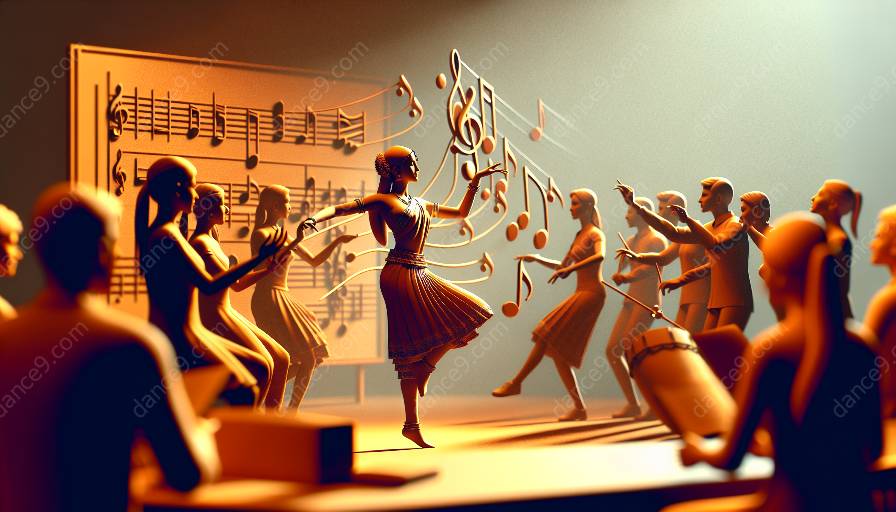Music and dance have a long-standing relationship, entwined in cultural, social, and artistic contexts. With the rapid advancements in technology, the integration of music and dance in education has seen significant enhancements. In this article, we will explore the ways in which technology can elevate the integration of music and dance in educational settings, its impact on the relationship between dance and music, and its role in dance studies.
The Relationship Between Dance and Music
Dance and music are often viewed as interconnected forms of expression, with each influencing the other in terms of rhythm, tempo, and emotional expression. Historically, music has been an integral part of dance, providing the rhythmic structure and emotive backdrop for movements. Similarly, dance has the ability to interpret and resonate with the musical composition, creating a symbiotic relationship between the two art forms.
When considering the integration of music and dance in educational settings, it becomes crucial to understand the interplay between these art forms and how technology can enhance this relationship.
How Technology Enhances Integration
Technology offers numerous tools and platforms that can enhance the integration of music and dance in education. For instance, digital audio workstations (DAWs) allow students to compose, edit, and manipulate music, providing a hands-on approach to understanding musical structure and rhythm. These tools can also be used to create custom music tracks for choreography, enabling dancers to explore movement in harmony with specific musical compositions.
Furthermore, virtual reality (VR) and augmented reality (AR) technologies provide immersive experiences for dancers and musicians, allowing them to interact with the music in a spatial and visual context. This not only enriches the learning experience but also fosters a deeper understanding of the relationship between music and dance.
Technology in Dance Studies
The integration of technology in dance studies has opened new avenues for research, analysis, and documentation of dance and music relationships. Motion capture technology, for example, enables the detailed analysis of movement in relation to music, shedding light on the intricate connections between choreography and musical phrasing.
Additionally, digital archives and multimedia databases allow for the preservation and exploration of dance and music collaborations, providing valuable resources for dance historians and educators. Students can access a wide array of historical performances, music compositions, and choreographic works, enriching their understanding of the historical and cultural context of dance and music.
Embracing Interdisciplinary Collaboration
Technology has paved the way for interdisciplinary collaboration between music, dance, and technology experts. Through collaborative projects, educators can develop innovative curriculum that bridges the gap between music and dance education, fostering a holistic approach to artistic expression and creativity.
Moreover, digital platforms and online communities provide opportunities for students and educators to connect with professionals in the music and dance industries, ensuring that educational experiences remain relevant and connected to real-world practices.
Future Directions and Considerations
As technology continues to evolve, it is essential to consider the ethical and cultural implications of integrating music and dance in education. Educators and curriculum developers must ensure that technology serves as a facilitator for artistic exploration rather than a replacement for traditional forms of learning and expression.
Furthermore, the accessibility of technology in music and dance education should be a primary consideration, with efforts made to bridge the digital divide and ensure that all students have equal opportunities to engage with technological resources.
Conclusion
The integration of technology, music, and dance in education represents a dynamic and evolving field that offers immense potential for enhancing artistic expression, creativity, and interdisciplinary collaboration. By embracing the opportunities afforded by technology, educators can enrich the educational experiences of students, fostering a deep appreciation for the relationship between music and dance, and its significance in the realm of dance studies.

















